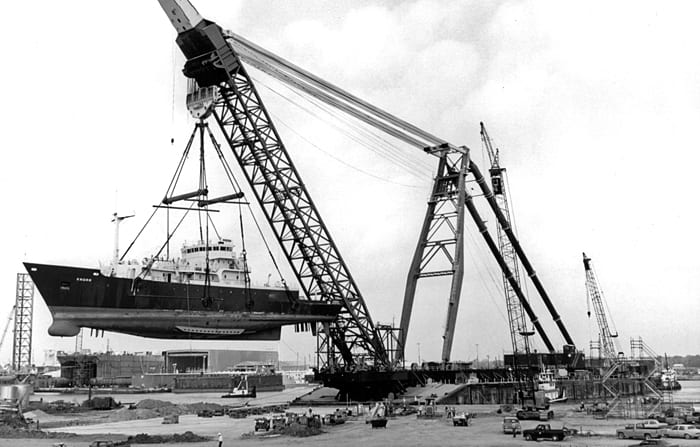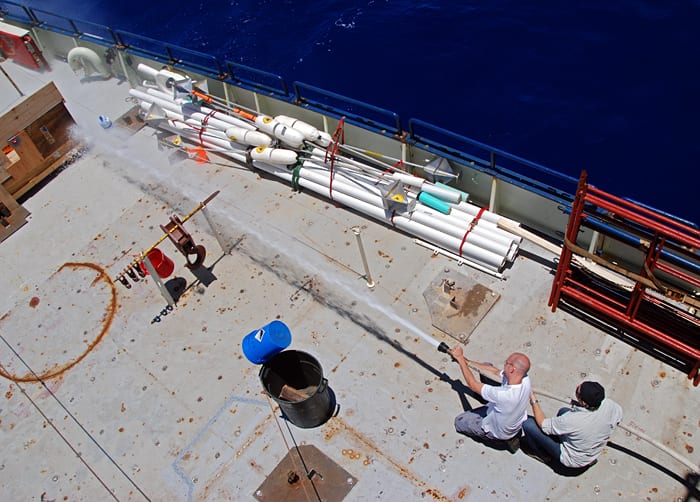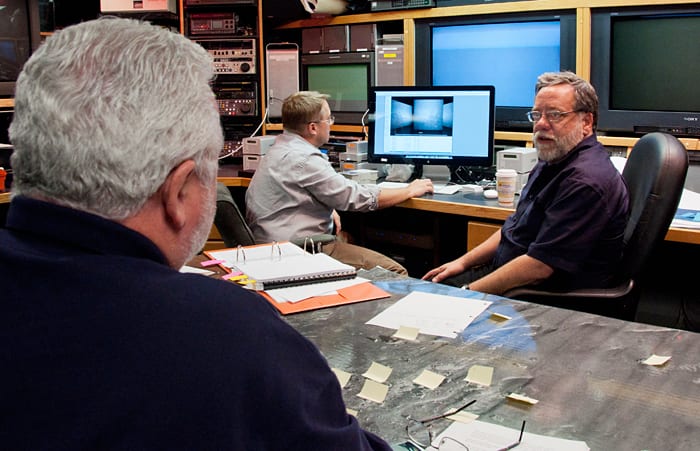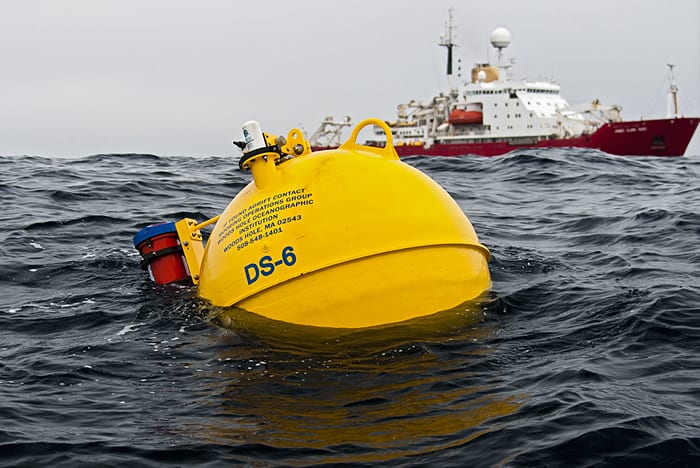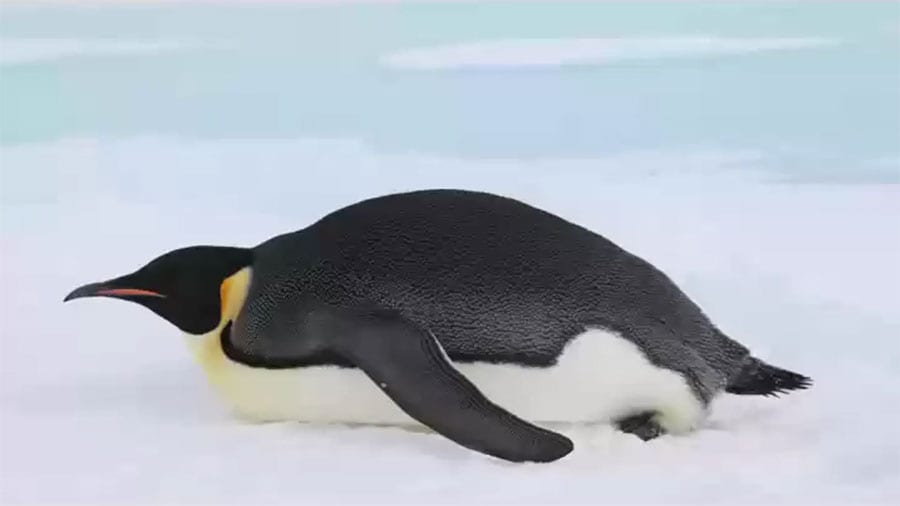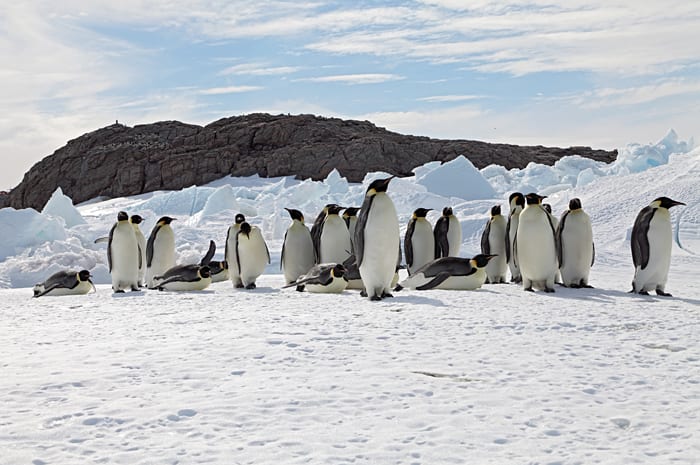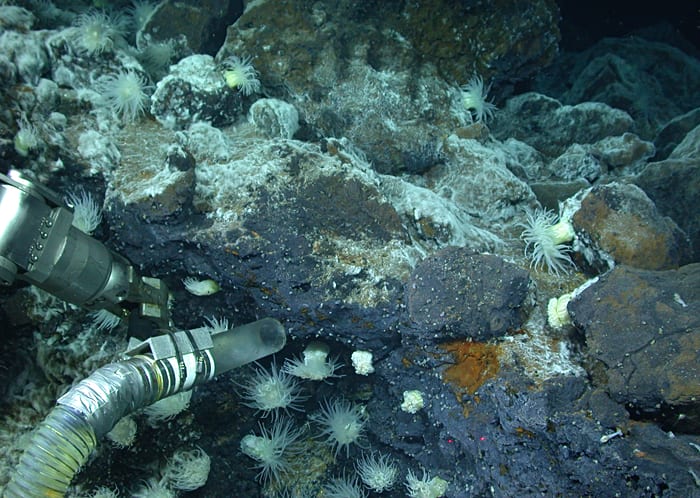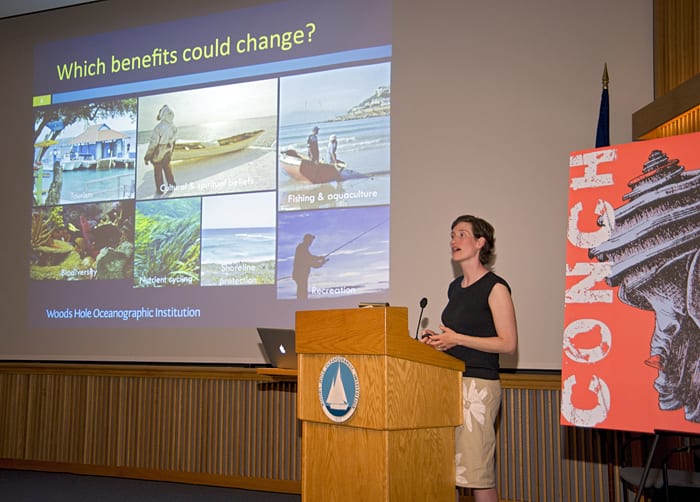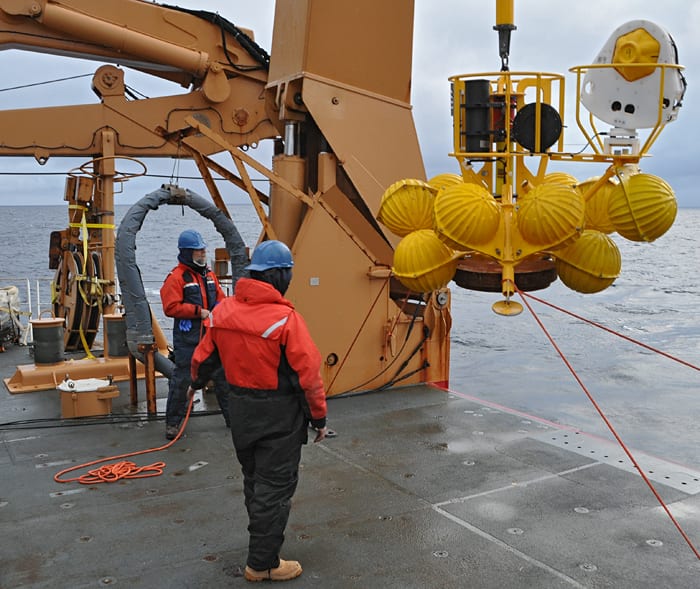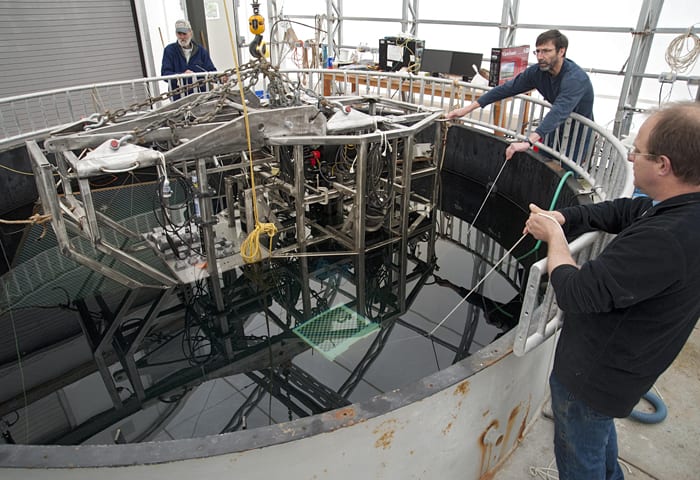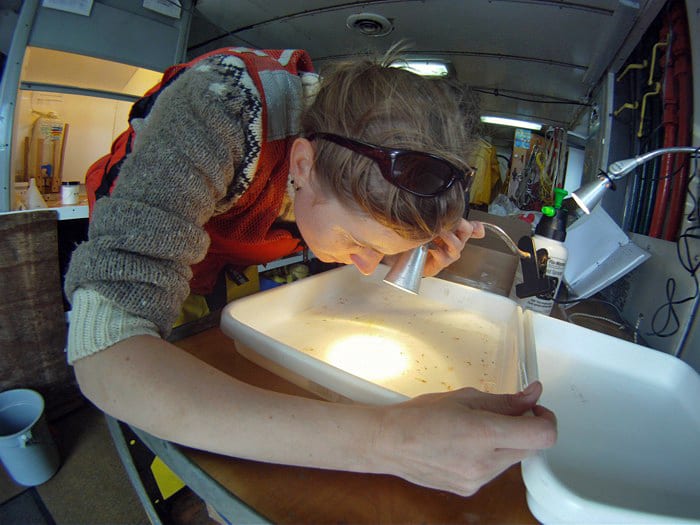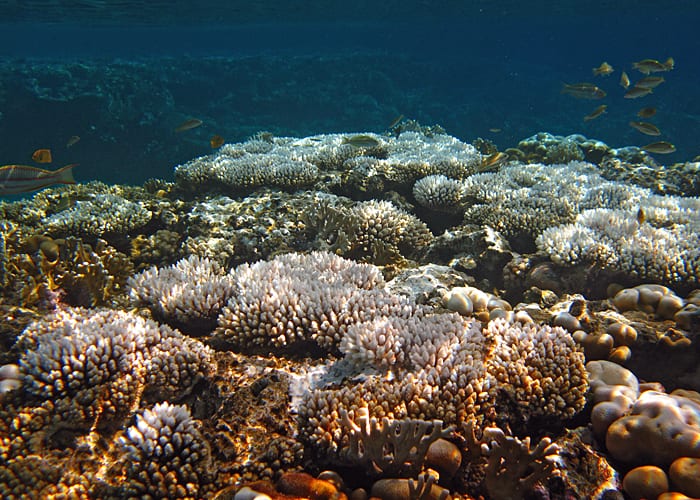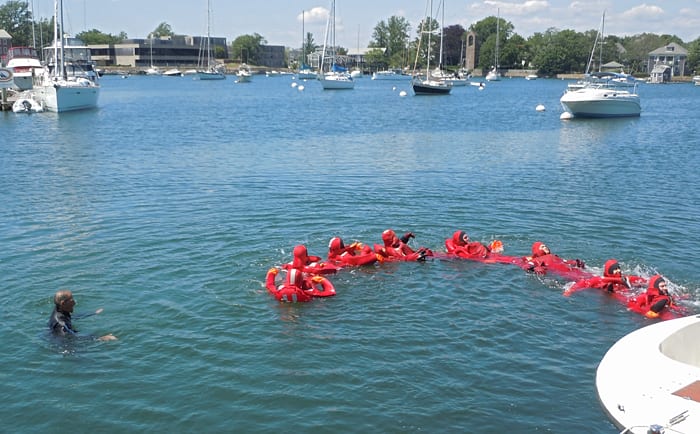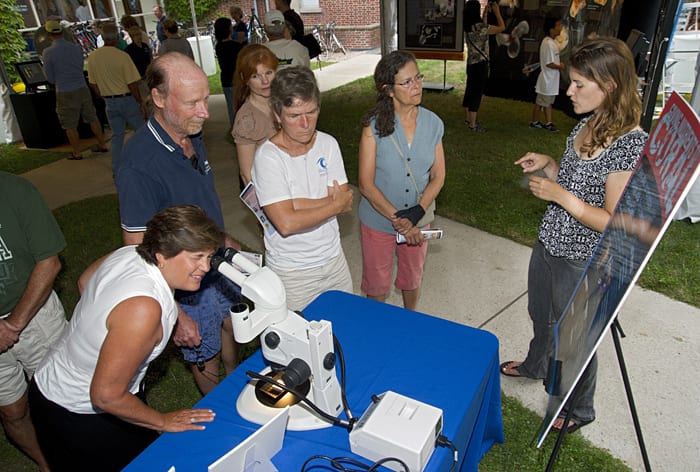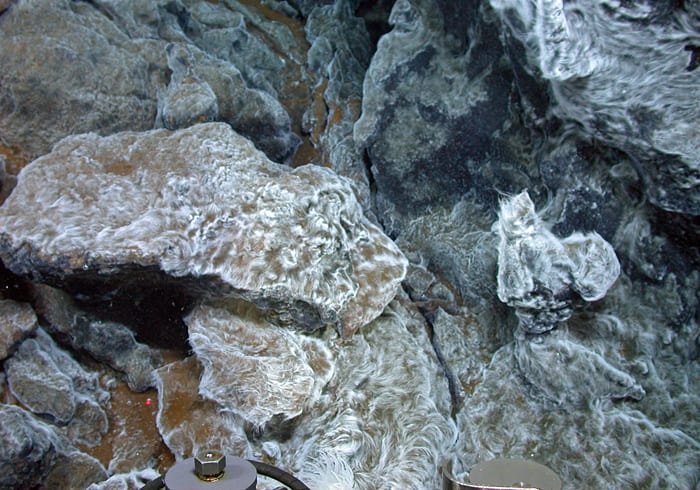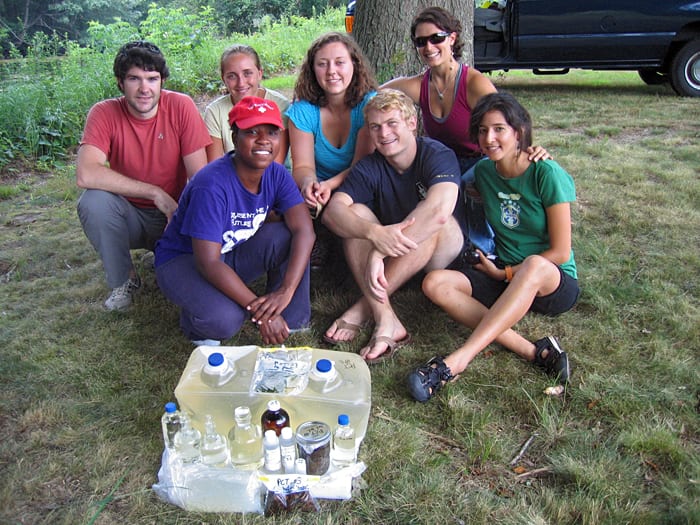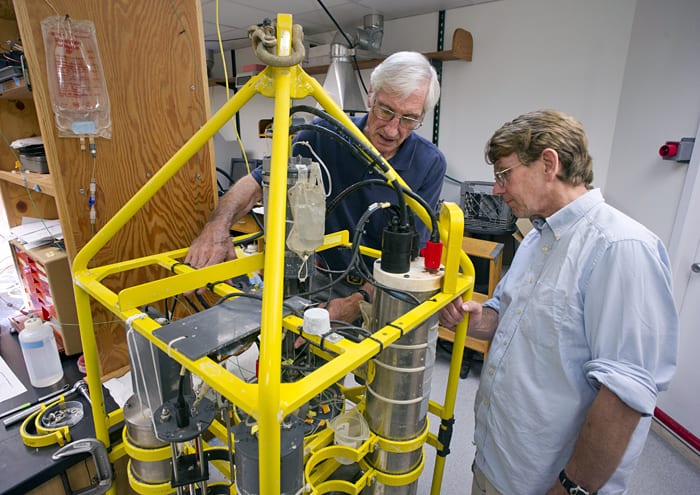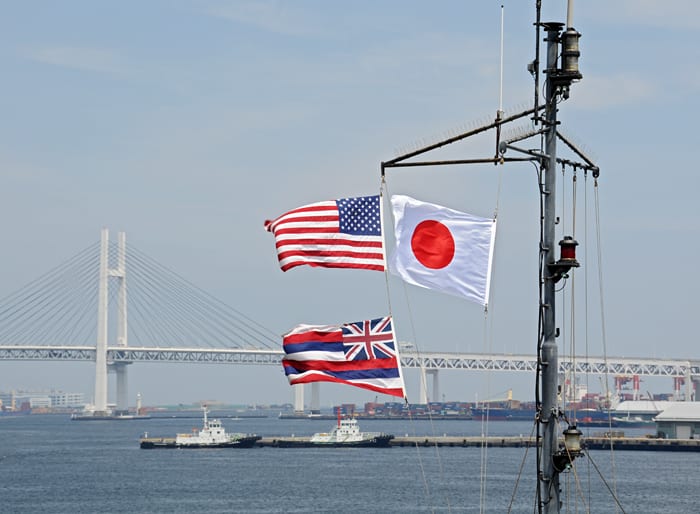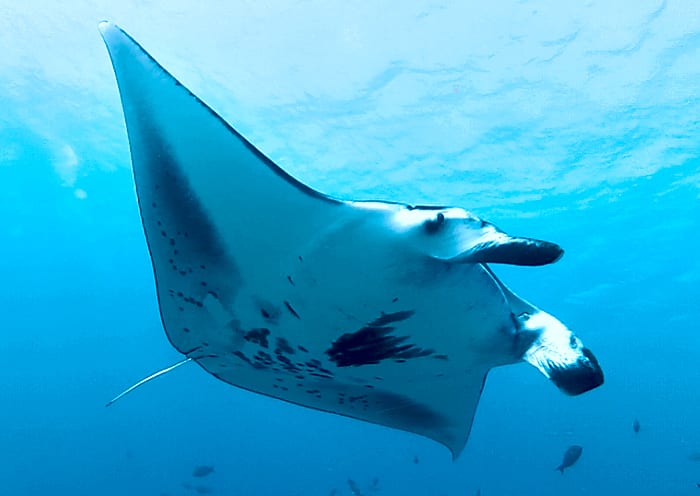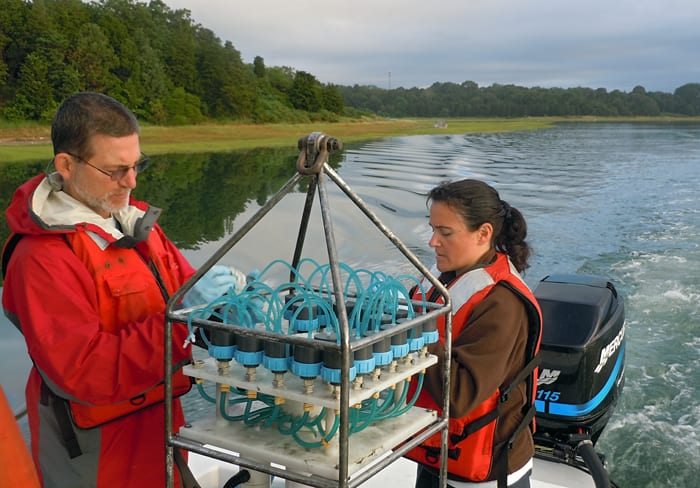Multimedia
Refitting a Stalwart
In 1989, the 20-year-old WHOI-operated research vessel Knorr went through maintenance and upgrades at a shipyard in Amelie, Louisiana. During the refit (shown here), the vessel was cut in half and…
Read MoreTarget Practice
At sea, technicians and crew have to be ready for anything—from fixing broken scientific instruments to keeping the science party and other mariners safe under any circumstances. Here, Reggie Proctor…
Read MoreA Titanic Task
William Lange (right), director of the Advanced Imaging and Visualization Laboratory at WHOI, Dave Conlin (center), chief of the National Parks Service’s Submerged Resources Center, and James Delgado (left), director…
Read MoreIf Found
In the second of two cruises to study the movement of dense water flowing through the Denmark Strait, WHOI oceanographer Bob Pickart returned to the East Greenland coast this summer…
Read MoreEmperor Penguins and Climate Change
An interview with WHOI’s Stephanie Jenouvrier on emperor penguins and climate change.
Read MoreEmperor Penguins & Climate Change
At nearly four feet tall, the emperor penguin is Antarctica’s largest sea bird—and one of the continent’s most iconic animals. Unlike other sea birds, emperor penguins breed and raise their…
Read MoreDynamite Recovery
Jeff Pietro, Scott Worrilow, Chief Scientist Ruth Curry, and an R/V Atlantic Explorer crew member (left to right) recover a mooring line to the fantail of the ship in June.…
Read MoreUp the River
Sylvia Cole, a postdoctoral investigator in the Physical Oceanography Department, deploys a temperature sensor in Trunk River in Falmouth, Mass., as an instructor in the Woods Hole Partnership Education Program (PEP). Sponsored…
Read MoreCore Question
WHOI scientist Anne Cohen and Summer Student Fellow Chris Kelly study the core of a coral taken in Palau, a coral reef archipelago located in the far western tropical Pacific. For…
Read MoreCollect the Dots
Hydrothermal vents three miles down support a variety of life based on chemical energy. This image from a 2012 expedition to the Mid-Cayman Rise led by geochemist Chris German shows…
Read MoreA Changing Ocean
In early August, WHOI marine chemist Sarah Cooley spoke at a public event on ocean acidification, which she calls “a side effect of industrialization.” As the atmospheric concentration of carbon…
Read MoreWorking Under Ice
To work under Arctic ice and in rough seas, researchers rely on bright, buoyant, and tough equipment. In fall 2011, crew and researchers aboard the United States Coast Guard icebreaker…
Read MoreEyes in the Deep
Norman Vine, Jonathan Howland, Hugh Popenoe (left to right), and Scott Gallager (not pictured) use a test tank in Gallager’s lab at WHOI’s Environmental Systems Laboratory in May to calibrate the…
Read MoreQuick Hands, Light Work
WHOI biologist Amy Maas uses a quick, steady hand to pick out zooplankton called pteropods from a sloshing tray aboard a moving ship, not an easy task as they are only…
Read MoreCorals in a Warming Ocean
Reef-building corals contain algae cells in their tissues that nourish them and give them their distinctive color. High water temperatures cause corals to release their algae and lose their color,…
Read MoreSynchronized Floating
Instructor Joe Mokry (left) of Ocean Rescue Systems International teaches students in a boat safety course at Woods Hole Oceanographic Institution strategies for staying alive should they ever have to…
Read MoreHands-on Climate
Participants at a WHOI-sponsored event on ocean acidification in August examined the skeleton of a two-week-old coral grown by MIT/WHOI Joint Program student Liz Drenkard (right) for her climate change research.…
Read MoreFurry Walls
In January 2012, an international research group aboard R/V Atlantis completed an expedition to study the world’s deepest known hydrothermal vents, at the Mid-Cayman Rise in the Caribbean. The group,…
Read MoreUpriver Gang
Every other month since March, students and researchers lead by WHOI marine geochemist Bernhard Peuker-Ehrenbrink have taken water and sediment samples from four rivers in southern Massachusetts and Rhode Island.…
Read MoreRATS Ready for Duty
WHOI marine chemists Fred Sayles (left) and Bill Martin have spent the last several years designing and developing a water-measuring device they call RATS, for Robotic Analyzer for the Total…
Read MoreIn the Wake of a Disaster
In March 2011, Japan’s Fukushima Daiichi nuclear power plant, crippled by a tsunami, released a record amount of radioactive material into the ocean. Three months later, WHOI marine chemist Ken Buesseler…
Read MoreReady, Aim, Sip
During an “Oasis” cruise to the Mid-Cayman Rise in January 2012, the manipulator arm of the remotely operated vehicle Jason placed the intake tube of an isobaric gas-tight sampler (IGTS)…
Read MoreGentle Giant
In June, WHOI postdoctoral student Kelton McMahon and colleagues attached tags to nine giant oceanic manta rays in the Phoenix Islands during a month-long research trip to observe the ecology…
Read MoreTracking Ocean Toxins
From the deck of the Coastal Ocean Institute vessel Calanus, Linda Amaral-Zettler of the Marine Biological Laboratory and Erik Zettler of the Sea Education Association prepare to deploy an automated water sampler in Nauset Marsh.…
Read More
